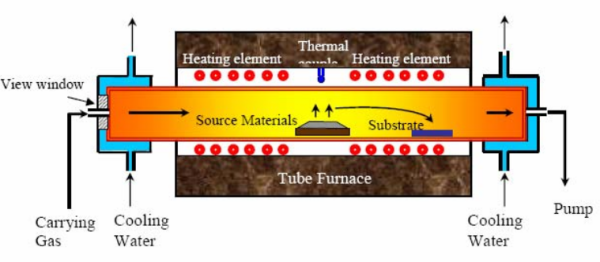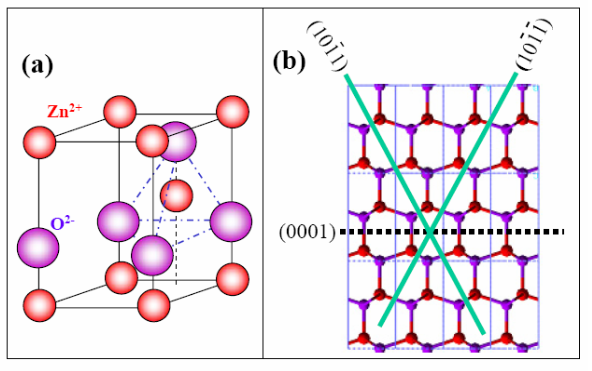

Nanomaterials are now being used in healthcare, electronics, sensors and numerous other areas. The chemical and physical properties of nanomaterials and nanostructures differ from those of the bulk materials. The nanomaterials allows for tailoring electronics, optical and materials properties to develop new devices. Understanding the fundamental physical properties is crucial to the rational design of functional devices. Investigation of the properties of individual materials such as ZnO nanostructures is essential for developing their potential as the building blocks for future nanoscale devices.
To optimize the multicolor sensor performance, minimize the reflection losses, and achieve significant reduction in the effects of solarization in space, innovative anti-reflection coatings are needed to enhance the performance of the detector / focal plane arrays. A combination of innovative materials offers the potential of developing radiation hardened anti-reflection coatings with high optical quality with controlled physical properties.
In this area, Magnolia is working on nanomaterials and nanostructures:
Magnolia with its partners uses custom and foundry equipment to develop these materials.

Magnolia utilizes their modeling and simulation capabilities to understand the materials structures and properties. These capabilities are applied to advance the state-of-the-art in solar cells, infrared detectors, UV detectors and anti-reflection coatings to name a few.
